This post was originally published on the My Peacetree blog. Read more about these archives.

Hello, my loves.
I’ve been reading up on a lot of theories and opinions and suggestions about blogging. Many successful bloggers use an editorial calendar (a planned schedule of posts to publish), ensuring that they have on-topic posts prepared and ready to publish long before they need them. This creates consistency in voice and the blog feed, increases readership, and (they say, or at least suggest) keeps a wave of inspiration flowing.
After reading these articles, I was overwhelmed with inspiration. I decided in the midst of all this to reevaluate the blog, rediscover myself, and make sure that my interests are aligned with my posts. So I delved into Evernote for the first time, came up with more than seventy post ideas, and even planned out an editorial calendar all the way through the next three months. I wrote up and published the first post on that list right on schedule – and haven’t followed through with anything I came up with in that frenzy of creativity since. Even though I had the next post planned out and half written. (Instead, I jumped ahead two weeks and posted an art journal spread that required little writing.)
Inspiration strikes me in bizarre ways. I can be overrun with ideas and motivation – usually at about eleven at night when I have to be up early the next day – and can ride that wave for hours and hours, so long as I stay with it. If I go to sleep, I often wake in the morning with little inspiration left to pursue the big ideas I’d had the night before. If something like work or running an errand interrupts my wild-donkey-riding, I become distracted and that momentum is halted.
As I went through this whole process, and as I attempt to try again, I wonder about the relationship between structure and creativity, right-brain and left-brain thinking, and the spontaneity of creation and the reliability of planning.
I feel like artists are often thought of as impulsive: so much of creation is about the flow of creativity. We talk about writer’s block as an impediment to that flow. Yet when I took a course in oil painting in college, much of the process of creating a painting was spent planning out the composition, doing preliminary sketching, and deciding just the right angle and colors and methods to use.
Steve Denning wrote the following in “Creativity Must Have Structure“, published on Forbes:
Structure and creativity have the same parentage. It is structure that enables creativity. […] In the twelve notes of the musical scale, in the twenty six letters of the alphabet, these fantastic structural inventions have unlocked the enormous creativity of literature and music. Without structure, there is nothing for creativity to get leverage upon.
When put that way, the correlation between structure and creativity is obvious. In fact, I am reminded of an article I actually wrote several years ago discussing whether or not originality exists. (I unfortunately no longer have the piece. But my conclusion was that, since every individual is influenced by art, tools, behavior, or ideas others have created, there is no originality – only original thought of how to re-assemble pre-existing pieces.)
Below are five tips on how to use your left hemisphere to jump-start creativity:
- Research: Read books or articles that address the creative blocks you are currently facing.
- Delegate: Find resources that help you prepare and plan ahead for future creative droughts. (Blogging-wise, use the schedule post tool on your blog to automatically publish to your blog, and check out a publishing tool like Later or Hootsuite as a useful Twitter/Facebook-publishing tool.)
- Create a routine: Take out your journal, paintbrushes, or sketchbook even when you aren’t inspired. The act of beginning, of pushing yourself into creation, often inspires inspiration.
- Prepare: Get ahead of yourself. Having a list of possible posts, ideas, or ideas to explore will give you a place to jump from, and you will avoid having to start from scratch.
- Make notes: In a moment of inspiration, get as much done as you possibly can. If you have to step away from your project, leave a note outlining where your project is headed to help yourself find your way back into it.
I am determined to balance my creative impulsiveness and elusive bouts of inspiration with the structure and self-discipline that are foreign to my creative process and nature. Balance is key, and I think that however frustrating in the meantime will prove valuable in the long run.
This subject something I’m going to keep thinking about, mulling over, and addressing. I’d love to hear your thoughts and opinions on this, and I’d especially love to know about your own habits and ebbs and flows of creativity! Please share in the comments below.
